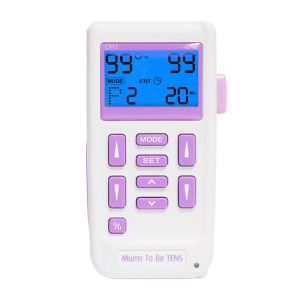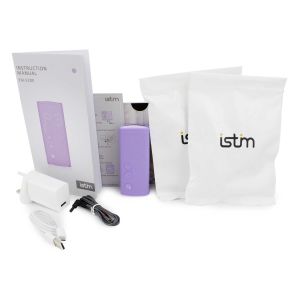Pelvic Floor Stimulator
4 reviews
from as low as £79.95
8 reviews
from as low as £41.00
What is a Pelvic Floor Stimulator
A pelvic floor stimulator is an innovative device specifically designed to enhance the strength and functionality of the pelvic floor muscles through the application of electrical stimulation.
The pelvic floor comprises a group of muscles located in the lower part of the pelvis, responsible for supporting vital organs such as the bladder, uterus, and rectum. Weakened or dysfunctional pelvic floor muscles can contribute to various issues, including urinary incontinence, pelvic organ prolapse, and a decrease in sexual satisfaction.
The mechanism of a pelvic floor stimulator involves delivering controlled, low-frequency electrical impulses to the targeted pelvic floor muscles. These electrical impulses closely resemble the natural signals that the brain sends to initiate muscle contractions. Typically, the device consists of a control unit along with one or more probes designed for insertion into the vagina (vaginal probe) or rectum (anal probe). The probes directly transmit the electrical stimulation to the specific muscles of the pelvic floor.
Upon receiving the electrical impulses, the pelvic floor muscles undergo cycles of contraction and relaxation, thereby providing a targeted workout to strengthen the muscles. Consistent and regular usage of a pelvic floor stimulator can yield significant benefits, such as muscle strength improvement, enhanced muscle tone, increased blood circulation, and overall improvement in pelvic floor function.
Pelvic floor stimulators are frequently incorporated as part of a comprehensive treatment plan for pelvic floor muscle rehabilitation. Health professionals such as physical therapists or gynecologists may prescribe or recommend their use, often in conjunction with pelvic floor exercises like Kegels or other complementary therapies.
Do Pelvic Floor Stimulators work?
Pelvic floor stimulators have been extensively researched and shown to be effective in improving pelvic floor muscle function and addressing various issues associated with pelvic floor weakness or dysfunction. Numerous clinical studies have demonstrated their effectiveness in strengthening the pelvic floor muscles and reducing symptoms like urinary incontinence, pelvic organ prolapse, and sexual dysfunction.
These devices work by delivering electrical stimulation to the targeted pelvic floor muscles, replicating the natural signals sent by the brain to contract and relax the muscles. This stimulation helps activate and strengthen the pelvic floor, resulting in improved muscle tone, endurance, and coordination.
Research consistently supports the efficacy of pelvic floor stimulators across different populations, including women who have given birth, individuals with urinary incontinence, and those experiencing pelvic organ prolapse. Studies have shown significant improvements in pelvic floor muscle strength, decreased urinary incontinence symptoms, enhanced muscle control, and an overall improvement in quality of life when pelvic floor stimulators are used as part of a comprehensive treatment plan.
It is important to note that individual experiences may vary depending on factors such as the severity of the condition, adherence to treatment, and proper usage of the device. To achieve optimal results, it is crucial to follow the instructions provided by your healthcare professional and use the pelvic floor stimulator as part of a holistic approach that may include exercises, lifestyle modifications, and ongoing support from your healthcare provider.
To determine the effectiveness of a pelvic floor stimulator for your specific needs, it is recommended to consult with a specialized healthcare professional, such as a physical therapist or gynecologist, who can evaluate your condition, provide personalized guidance, and monitor your progress. Their expertise will ensure that you receive the most suitable treatment and achieve the best possible outcomes.




